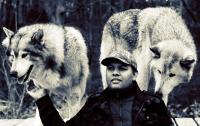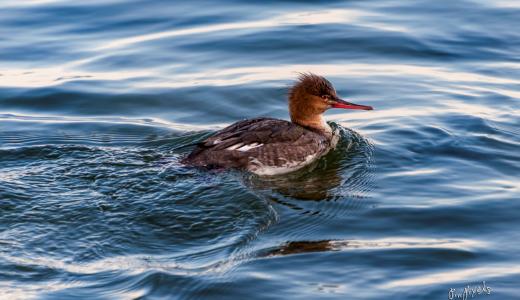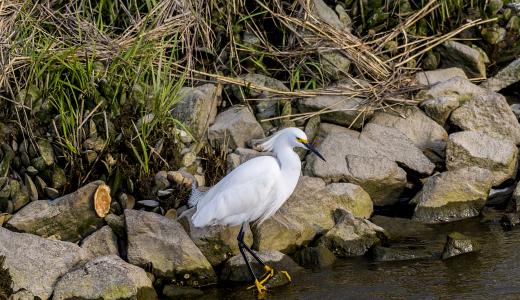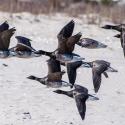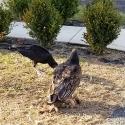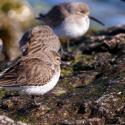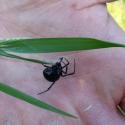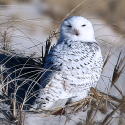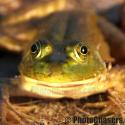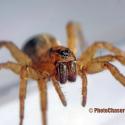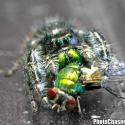Snow Geese Migration
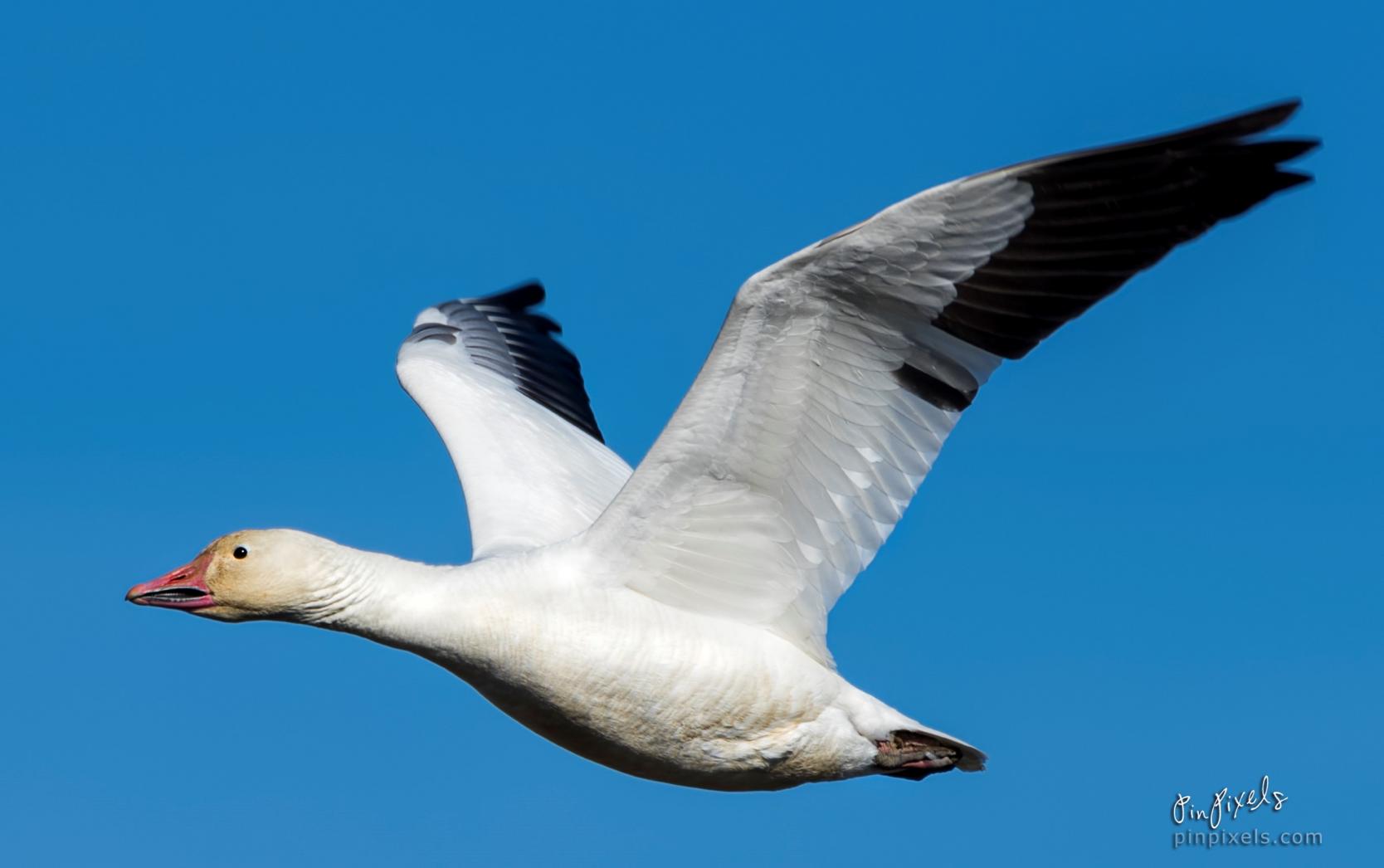
What: Snow Geese
Where: Edwin B. Forsythe National Wildlife Refuge, New Jersey
When: Winters
How: Photographers- telephoto lens with a fast shutter capable camera.
Rating: Kids & Family Education, Photographers, Wildlife Enthusiasts
Snow geese are familiar birds in North America, they breed north of the timberline in Greenland, Canada, Alaska, and the northern tip of Siberia. They migrate to far south to Texas and Mexico during winters and return to nest on the up north.
For past couple of weeks thousands of Snow Geese have been seen over North Eastern, reverse migrating northward. The birds this year, have been coming in waves of thousands overhead.
Watching and photographing migration of these spectacular flocks is an incredible experience. If you ever get a chance to witness the migration, don't let it pass because believe me this is one of the amazing scenes that you will ever experience.
Late winter is the time when you'll see most of them. The Pennsylvania Game Commission estimates at the most populated times you'll see 135,000 snow geese. The best time to see them is early morning and late afternoon.
Did You Know?
- Snow Geese doesn't like to fly alone, they always fly in flocks and I am not talking about just a flock it is a huge flock with hundred thousands of birds.
- When they fly, they make a loud noise as if you are in a football stadium and thousands of people are cheering.
- Like bald eagles, snow geese pair in a life long bond.
- They fly in a V formation to reduce the chances of collision and wind drag.
- Arctic Foxes usually steal their eggs from nest.
- On feeding grounds, they actually have “lookouts” that scan the area for predators. If a threat is sighted, the lookout sends out a warning to the feeding birds. The signal often make the entire flock to fly away making very loud noise.
- During migration the snow geese fly so high, they can barely be seen.
- During the summer time their heads' are often stained red; which is a result of gathering food in mud containing iron oxides.
- They form shifting curved line sand arcs as they fly.
I hope you enjoyed this article, please don't forget to share your thoughts.
Location:
- Log in to post comments
- 2705 reads
New Jersey Wildlife Sighting
|
02/10/2018 Sandy Hook, NJ |
03/10/2018 Thompson Park, NJ |
03/11/2018 Edwin B Forsythe, NJ |
01/27/2018 NJ |
01/20/2018 Eatontown, NJ |
01/20/2018 Barnegat Light, NJ |
|
04/17/2013 Toms River, NJ |
12/28/2017 Island Beach State P |
08/10/2017 Eatontown, NJ |
06/10/2015 Eatontown, NJ |
04/07/2016 Eatontown, NJ |
01/14/2018 Monmouth Battlefield |


